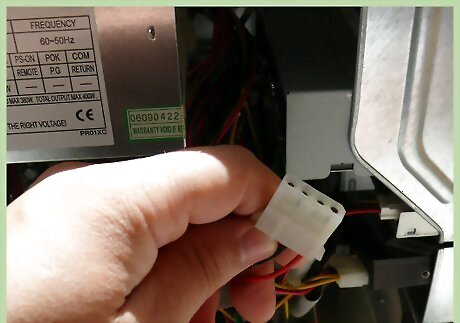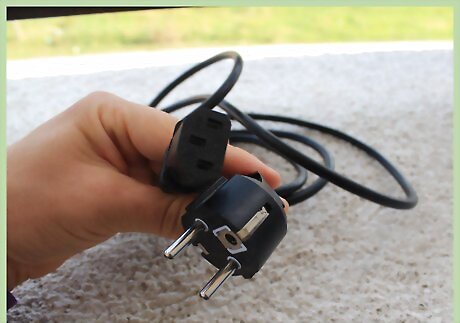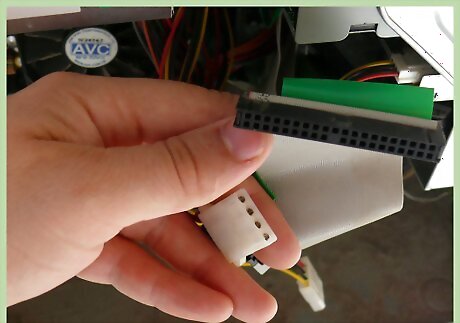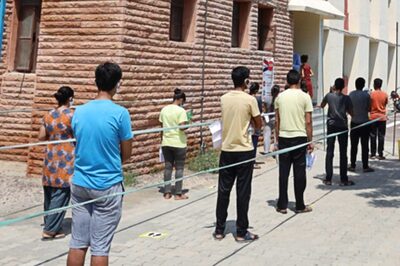
views

To diagnose a dead motherboard you first need to remove all the DIMMs and cards attached to it. Once you have done that, try to power up the system, and if beeps are heard, then the motherboard is probably fine and you have issues with either a PSU or any other hardware.

If it didn't make a beep-like sound, make sure your CPU is correctly attached to the socket, and the speaker is hooked up. Attach the PSU cord to the motherboard and check if the fans fire up. Additionally, you can try doing the following Test the voltage A motherboard will not work if there is no power getting to it. To test the voltage, use a multimeter. There should be at least 3.3 volts on the motherboard, but 5 volts is preferable. If the motherboard has an LED, check to see if it lights up when you plug in the power supply. Check the PSU If the motherboard doesn't have power, check the power supply. Make sure that it is plugged in and that the switch is on. Disconnect all of the other components from the power supply and try to turn it on. If it still doesn't work, the power supply is probably bad. Issues with CPU If the motherboard has power but the computer still doesn't turn on, there may be an issue with the CPU. Make sure that the CPU is properly seated in the socket and that the fan is plugged in. If the CPU is not properly seated, it will not make contact with the pins in the socket, and the computer will not turn on.

Further Diagnosis. If nothing of the above seems to work, try the methods below Check the jumper settings. If the bus runs at 100 MHz, 133 MHz, etc., try a slower bus speed to see if that produces a beep. Try the "auto" setting if applicable rather than specifying a particular bus speed. Set the multiplier to a slower speed such as 2.5. Check the voltage settings for Socket 7 CPUs. Check the CPU for bent or broken pins or damaged contacts. Reset the CPU. Take the CPU out and reinsert it, making sure it seats well. Try another CPU if possible. At this point, we just want a beep. It is unlikely that the CPU is bad, but if another one is handy, try that to see if a beep is heard. If the board is an ATX design, remove AC power from the power supply, unhook the power supply cable from the board, reinsert it and apply AC power to the power supply again. At this point, if the system is in a case, take the board out and try it on a test bench setup, anti-static bag on top of case, etc. to check for grounding problems. If possible, try a different Power Supply. Even if the power supply runs and the fan spins, etc. it could still have a problem. If the board is still dead, if possible, try another mainboard. Does it work with the same CPU, Power Supply, etc? If none of the above produce a beep, we have hit a wall. There is little else to try to the board may in fact be DOA.




















Comments
0 comment